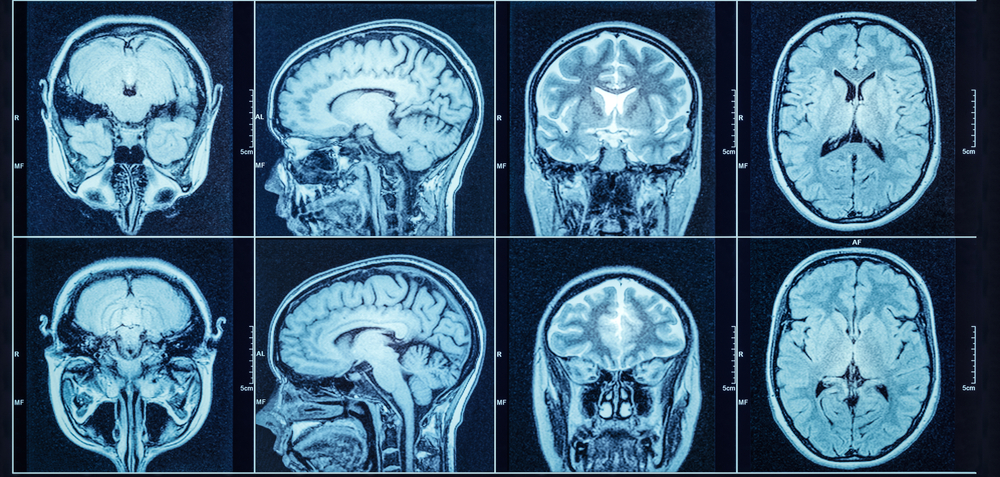The human brain, a masterpiece of evolution, is the epicenter of our thoughts, memories, emotions, and consciousness. Its intricate structure and function have captivated scientists and thinkers for millennia. Here are eleven fascinating facts about this wondrous organ and the boundless potential it holds:
- Billions of Neurons: The human brain contains approximately 86 billion neurons, each connected to thousands of others, amounting to more than 100 trillion synapses or connections.
- Brain’s Weight: Despite making up only about 2% of our body weight, the brain uses 20% of our body’s energy and oxygen.
- Plasticity: The concept of neuroplasticity reveals that our brain is malleable, continually changing in response to learning, experience, and trauma. This adaptability ensures our brain can rewire itself even after significant damage.
- Storage Capacity: The brain’s storage capacity is equivalent to one million gigabytes or around 2.5 petabytes. That’s comparable to streaming music continuously for over 300 years!
- Pregnancy and the Brain: During pregnancy, the female brain undergoes structural changes, enhancing regions involved in empathy, reasoning, and processing of social information.
- Brain’s Speed: Information can travel between neurons at speeds of 120 meters per second, allowing us to react to stimuli in a fraction of a second.
- Limitless Learning: Contrary to popular belief, humans never truly run out of space for new memories. Our brain’s ability to adapt and evolve means we can learn new things throughout our lives.
- Untapped Potential: While the myth that we only use 10% of our brains is incorrect, it’s accurate that we have vast, untapped cognitive potential. Through various training, meditation, and even brain-computer interfaces, we’re continually finding ways to access and amplify our brainpower.
- Emotions and Rationality: The brain’s limbic system governs emotions, but it’s intricately linked to the prefrontal cortex, responsible for rational decisions. This interconnectedness means our feelings often influence logical reasoning.
- Dreams and Problem-Solving: REM sleep, characterized by rapid eye movements and dreaming, isn’t just for fantastical nighttime adventures. During this stage, the brain often works on solving real-life problems, making sense of emotions, and consolidating memories.
- Mirror Neurons: These specialized neurons “mirror” the actions or feelings of others, allowing us to empathize, learn through imitation, and understand emotions. They’re crucial for social interactions and play a role in phenomena like feeling pain when seeing someone else in pain.
The human brain’s beauty and potential lie not just in its complexity but in its ability to change, adapt, and grow. As we continue to uncover its mysteries, we realize the depths of our capabilities, our resilience, and the profound interconnectedness of thought, emotion, and experience.

